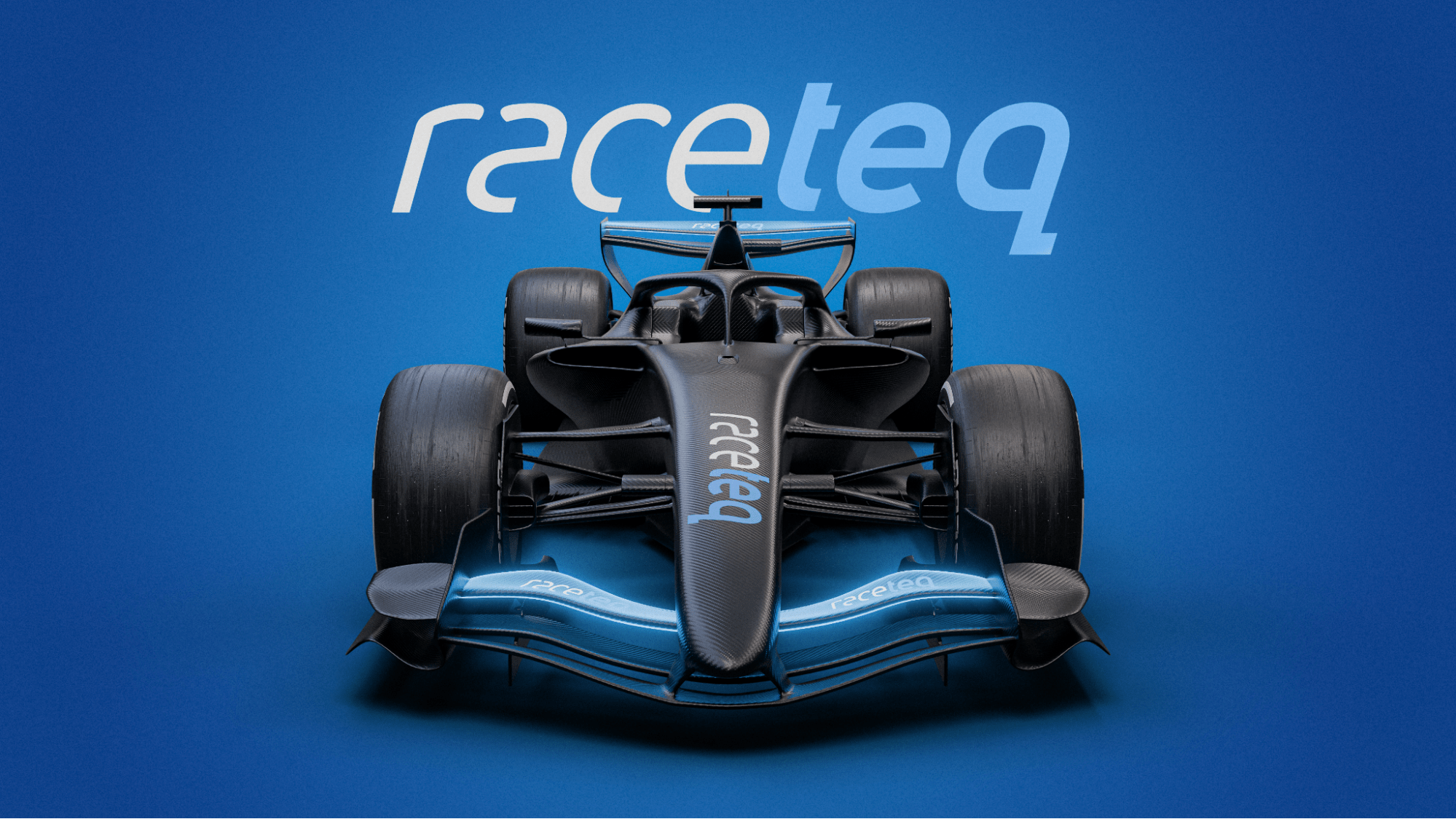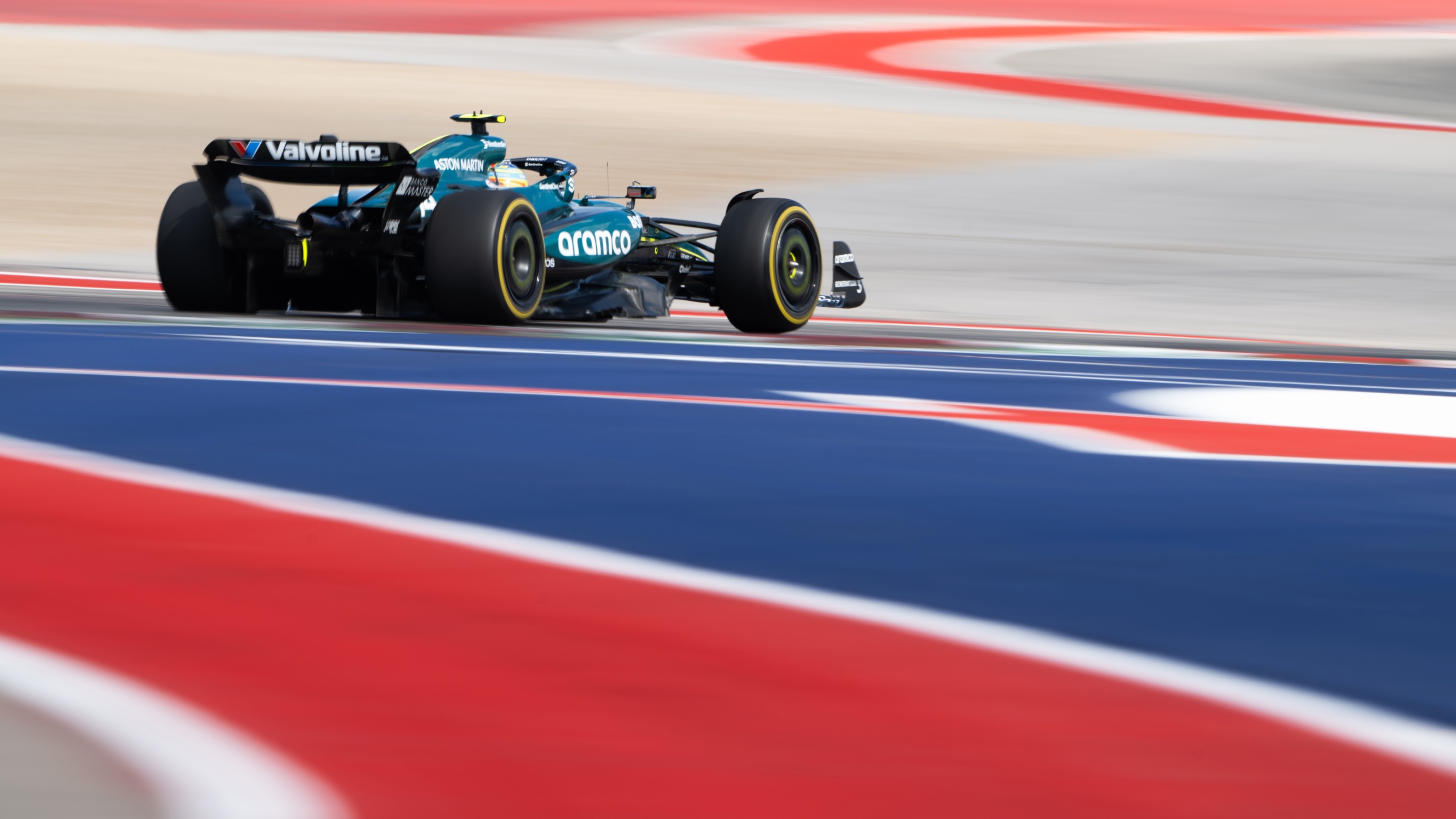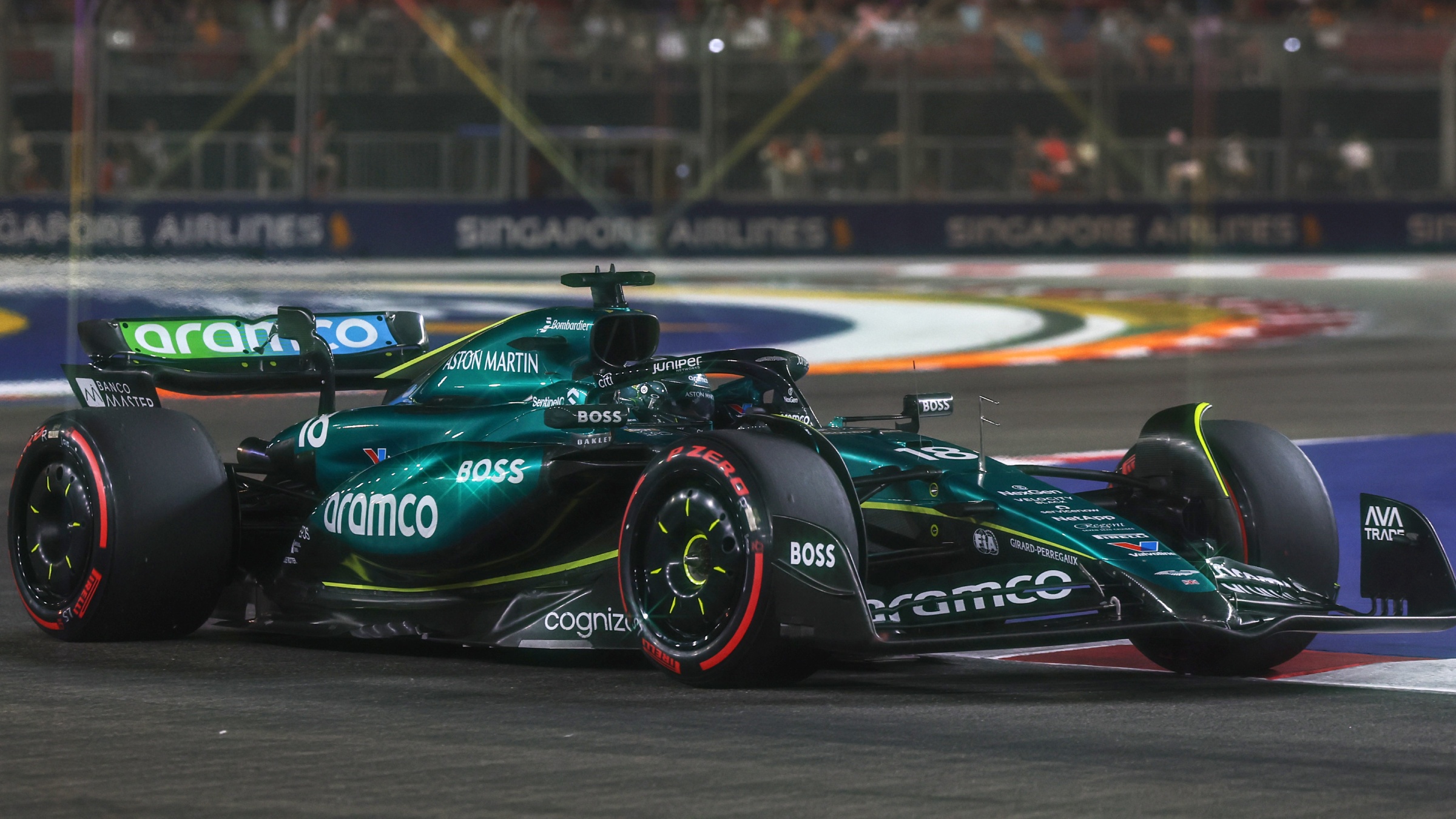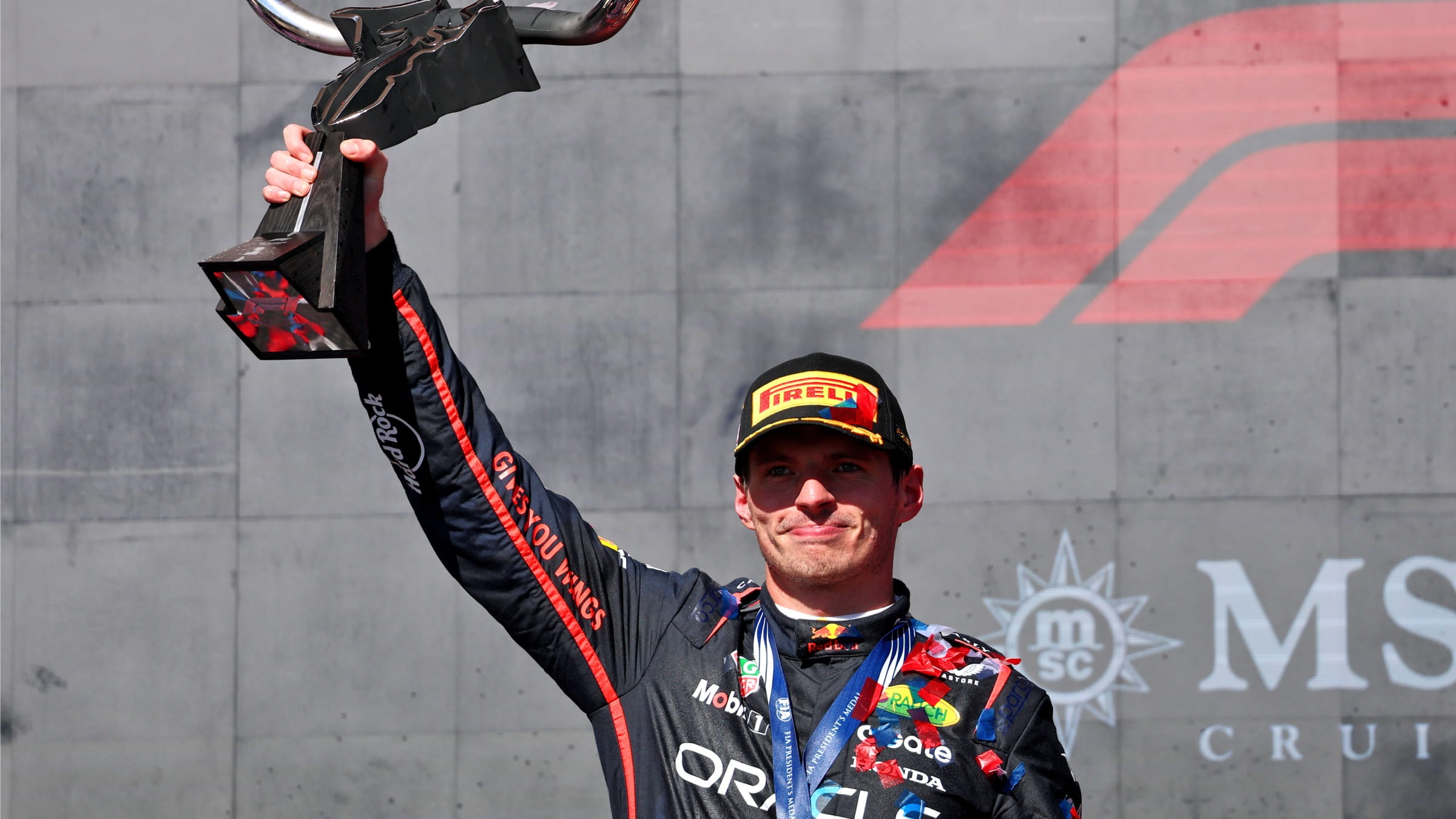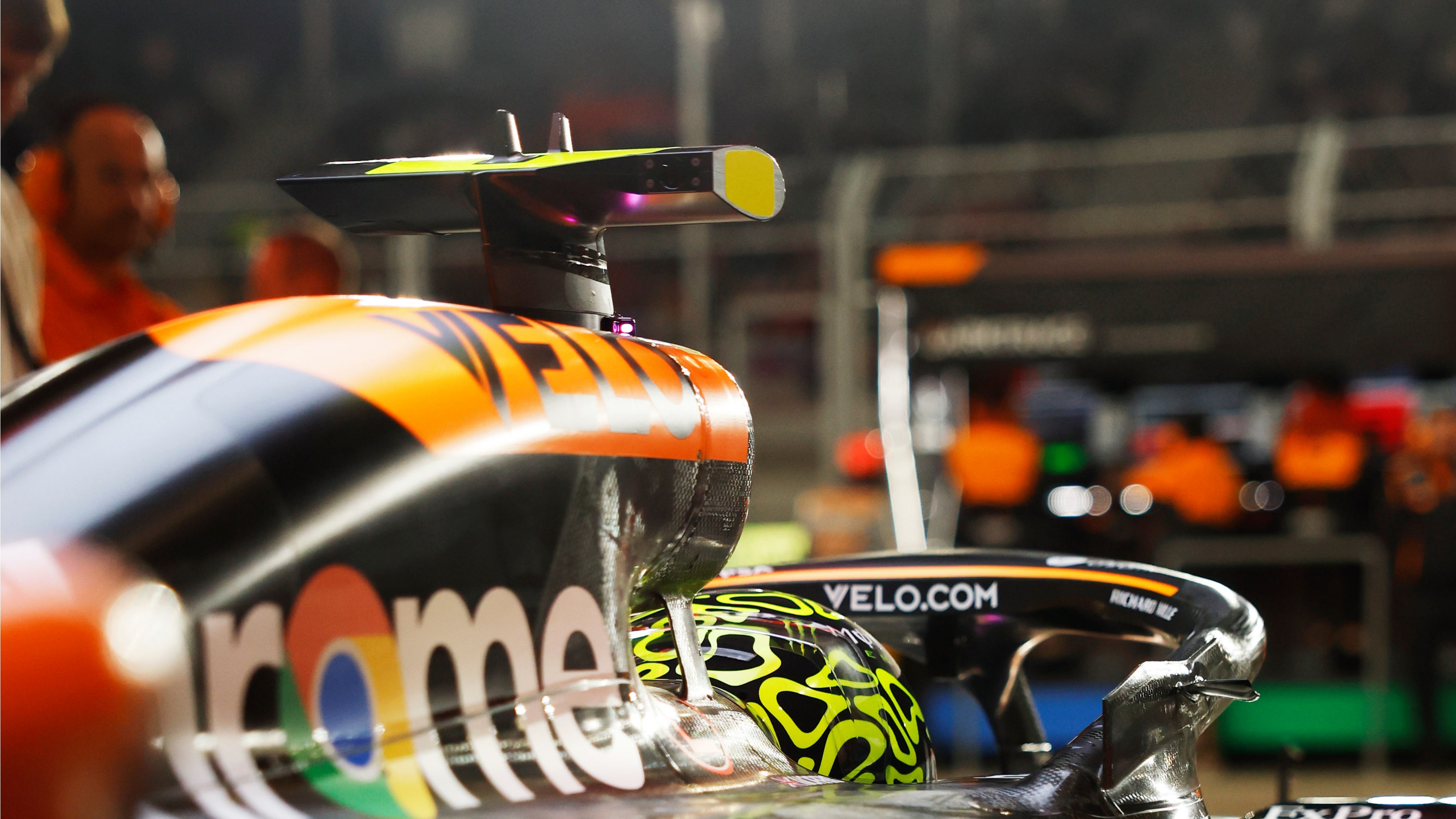The F1 engineer's guide to the 2025 Mexican GP at Autodromo Hermanos Rodriguez
by Raceteq
2min read
.jpg?cx=0.5&cy=0.5)
High speed at high altitude, and high stakes to match. Formula 1 heads to a historic circuit in Mexico City that winds around - and then right through - a stadium, producing a unique setting and unique demands.
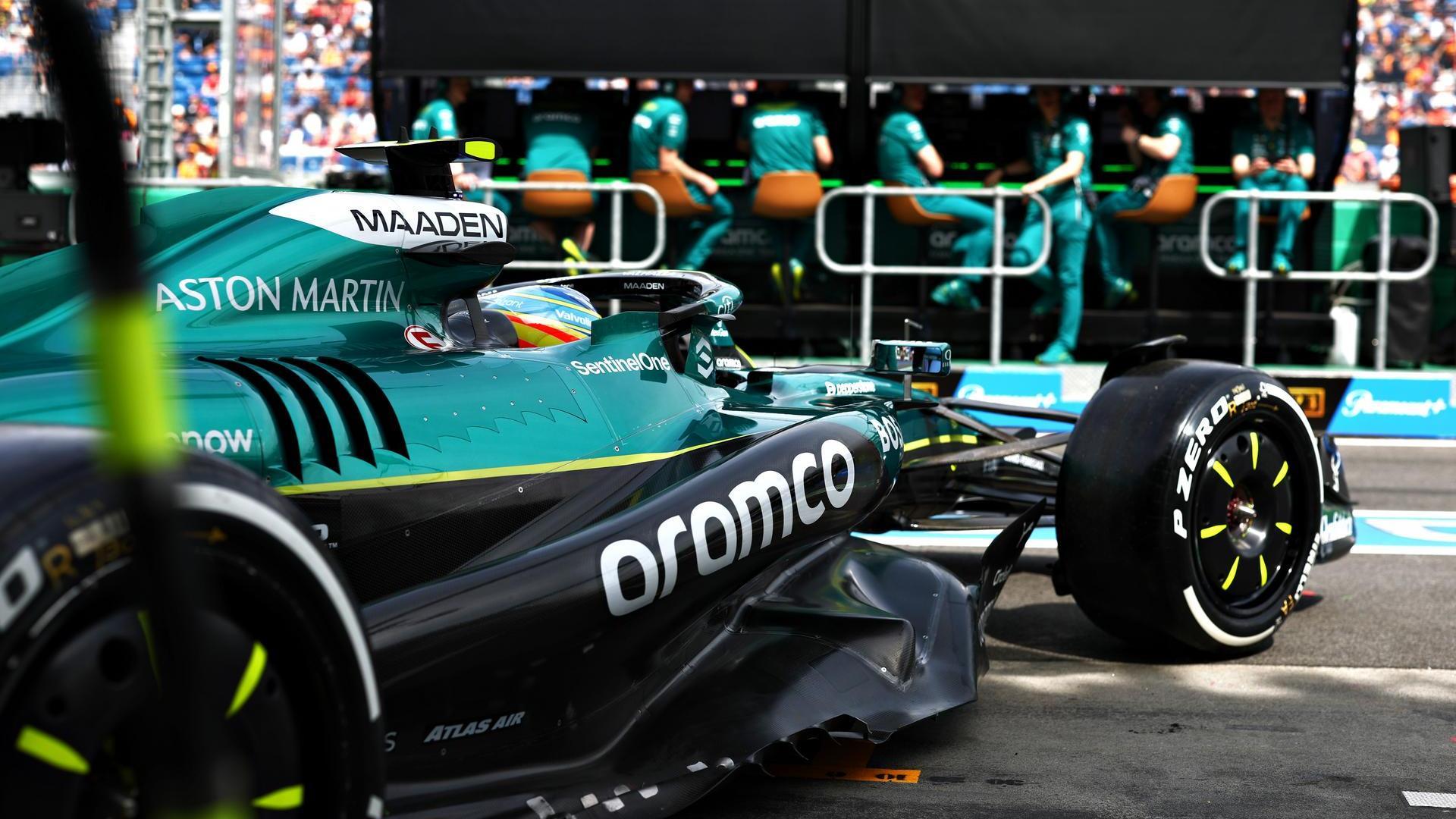
Sign up for a newsletter and we'll make sure you're fully up-to-date in the world of race technology
This is a technical track with three corners to open the lap in the form of a chicane, and then a short straight with a drag reduction system (DRS) zone. Another chicane and hairpin start the second sector, which leads onto a winding set of corners and the second DRS straight.
Then comes the famous stadium section (main image), with drivers passing through the Foro Sol and its grandstands full of passionate fans. After that low-speed section comes the final long-radius corner and the long start-finish straight on which cars can reach a staggering 370km/h.
The Autodromo Hermanos Rodriguez is the highest-situated track on the calendar, around 2250m above sea level. Head to a gym in Mexico City and you'll be warned that the air is indeed a lot less dense than it would be in a lower-lying city. The cars face the same predicament, which means there's less drag, but also less oxygen for the engines and less downforce generated by the bodywork.
.jpg?cx=0.5&cy=0.5)
Pirelli's preview infographic for the 2025 Mexican Grand Prix
The tyres, meanwhile, should wear less than at other venues thanks to the bevy of low-speed corners. But, with lower downforce and drag, cars can slide around more than usual and rip up this script.
Pirelli's tyre selection is one step softer here than it was in the United States but it 'skips' a compound again with the C5 as the soft, the C4 as the medium, and the C2 as the hard rather than the C3. This choice has been made to introduce a larger tyre step (between the C2 and C4) and encourage more than one pitstop.
Aston Martin Aramco Formula 1 Team deputy performance director Tim Wright explains the fundamentals of the Autodromo Hermanos Rodriguez.
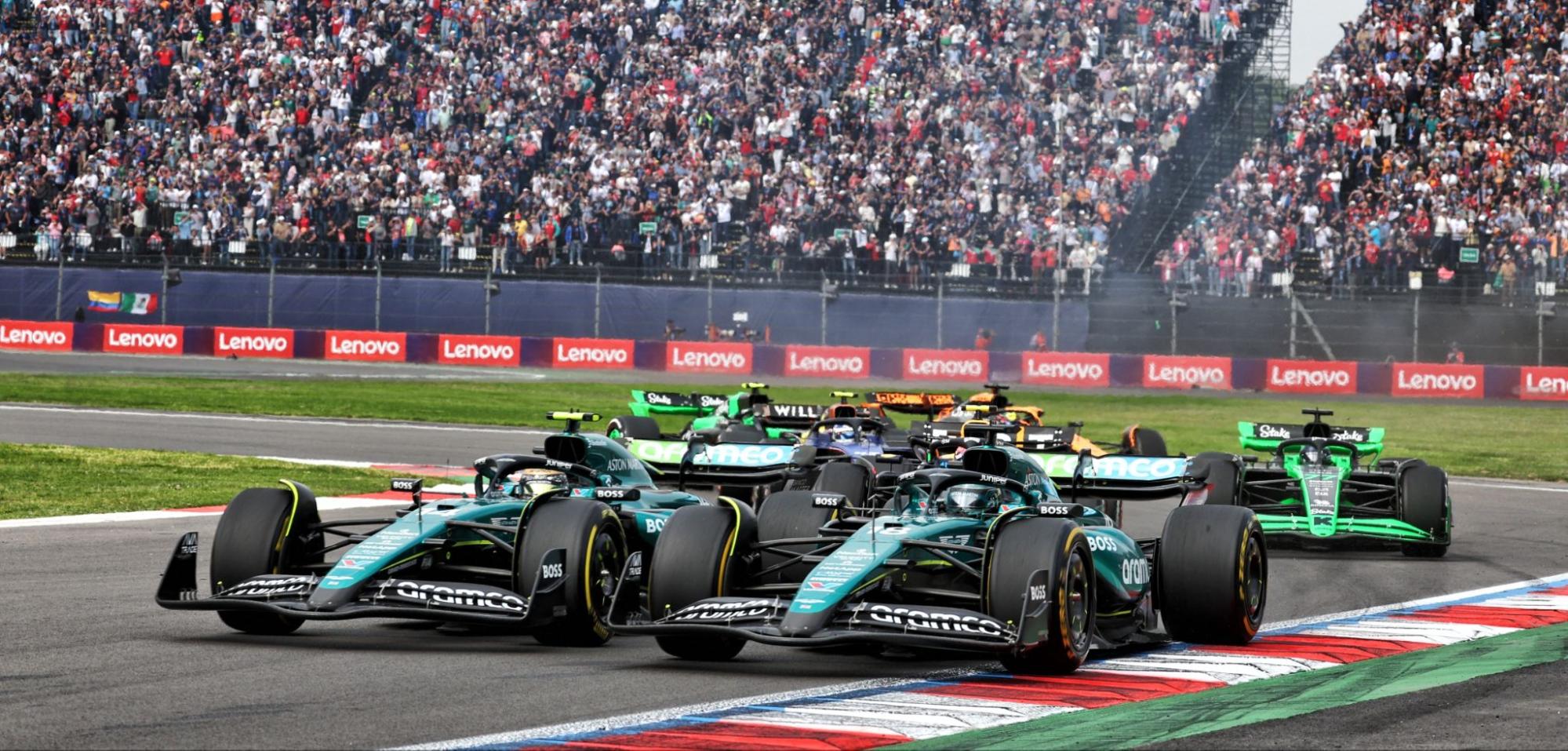
Most of the corners at the Autodromo Hermanos Rodriguez are low-speed, including the first chicane
Autodromo Hermanos Rodriguez, Mexico City
Length: 4.304 kilometres
Number of laps: 71
Number of turns: 17
"This is a difficult track with so many technical, low-speed corners, but the correct decisions are clear in Mexico City.
"At around 2250m above sea level, the air is really thin. That means less air hitting the car and less downforce, so the maximum wing level is needed. Expect teams to run their biggest rear wings here.
"The straight is long - 1.2 kilometres long - but there's not too much drag, which means you can afford that huge rear wing.
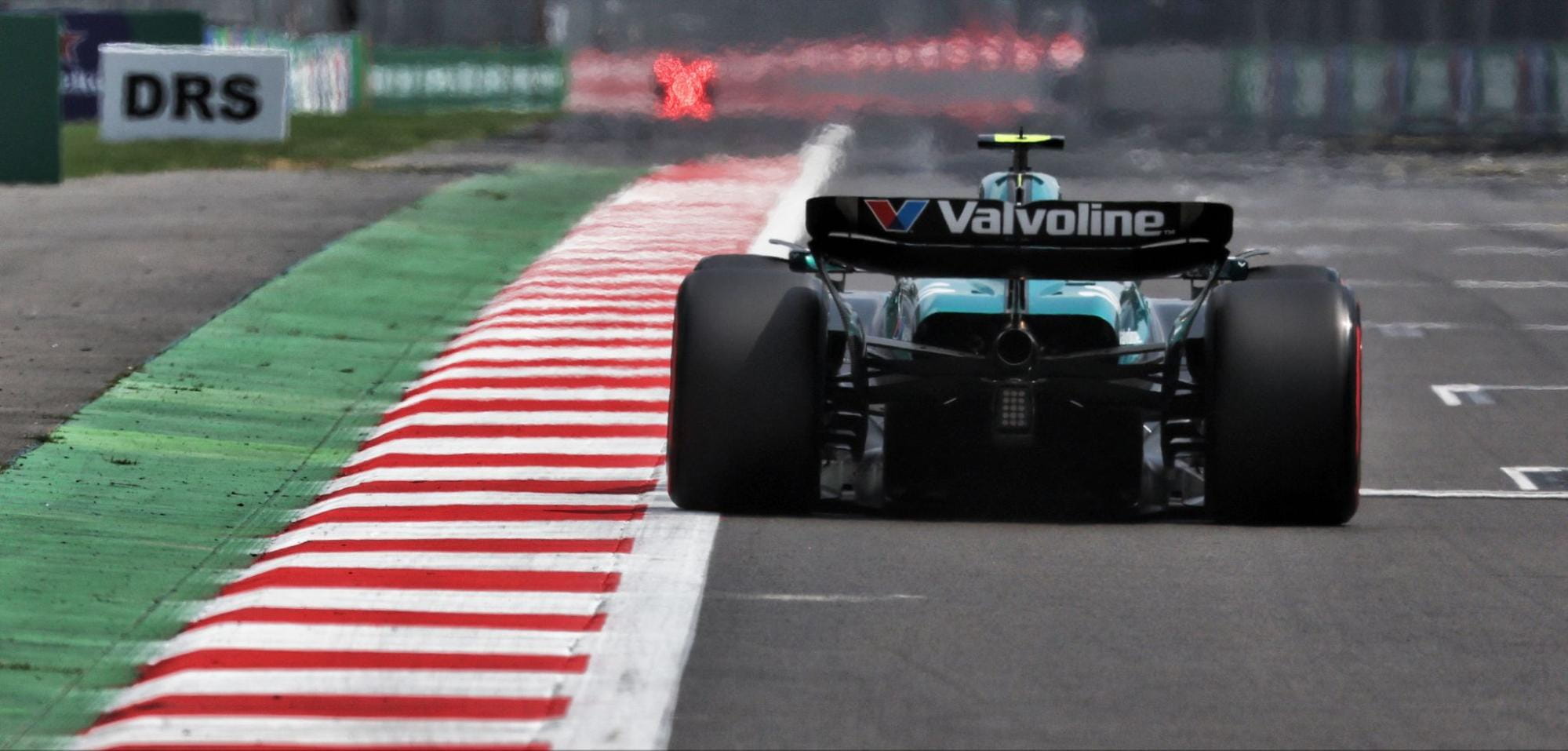
Mexico City has a 1.2km straight where, thanks to the low-density air, cars can hit speeds of 370km/h
"That will help with the low cornering speeds throughout all three sectors. There aren't really any high-speed corners.
"Fundamentally, you've got to have a car that is great in low-speed sections. The Mexican Grand Prix is all about coping with the fact that this is up very, very high in the air."
